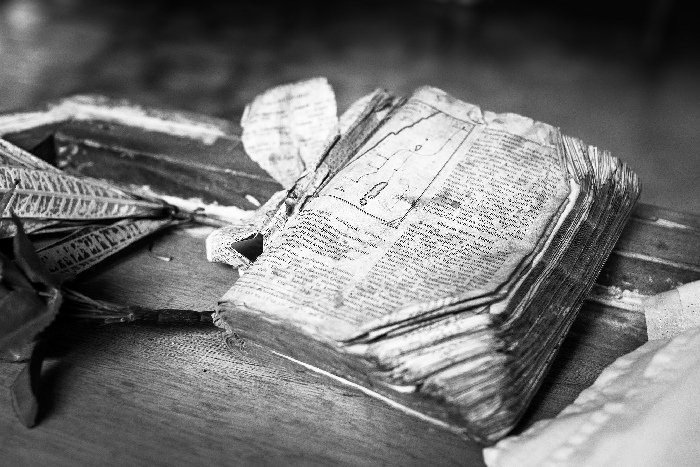Press Release
NTU Centre for Contemporary Art Singapore is pleased to present The Oceanic, an exhibition focusing on large-

The Oceanic
NTU Centre for Contemporary Art Singapore
09.12.2017 - 04.03.2018

Exhibition December 09, 2017 -

© ArtCatalyse International / Marika Prévosto 2017. All Rights Reserved
Newell Harry, (Untitled) Nimoa and Me: Kiriwina Notes, 2015–16. Photograph, 17.5 x 26 cm. Courtesy the artist and Roslyn Oxley9 Gallery, Sydney.
The expedition to Papua New Guinea, with Laura Anderson Barbata (Mexico/United States), Tue Greenfort (Denmark/Germany), Newell Harry (Australia), and Jegan Vincent de Paul (Sri Lanka/Canada), took as a starting point the concept of the Kula Ring, a ceremonial exchange system practiced in the Trobriand Islands. The second excursion, to French Polynesia, titled Tuamotus, the Tahitian name for distant islands, included Nabil Ahmed (Bangladesh/United Kingdom), Atif Akin (Turkey/United States), PerMagnus Lindborg (Sweden/Singapore), and Filipa Ramos (Portugal/United Kingdom). The atolls Mururoa and Fangataufa were the sites for 193 nuclear tests between 1966 and 1996, despite being declared a biosphere reserve by UNESCO in 1977. Coinciding with the 50th anniversary of the first test on Mururoa, then a French colony, this expedition discussed the still neglected impacts of these experiments on the populations and the environment. On the third and last expedition of this cycle, the Fijian practice of the Tabu/Tapu, where a community chief demarcates something as “sacred,” or “forbidden,” continued the enquiry on the Polynesian Rahui—a traditional rule system that has recently become significant for marine conservation and resource management. This journey to the Fijian Lau Islands was joined by Guigone Camus (France), Lisa Rave (United Kingdom/Germany), and Kristy H. A. Kang (United States/Singapore). Participating in all three expeditions was Armin Linke (Italy/Germany), who not only documented these journeys, but also questioned the role of image production in such unique yet loaded encounters.
Stemming from this cycle of expeditions, the exhibition addresses various ecological urgencies affecting the ocean and its littorals as a habitat for all life forms, as well as particular aspects of sea governance. Who are the regulators of global oceans? Why should communities who only contribute one percent of the global carbon footprint be among the first ones fatally affected by the rise of sea levels? Are the economic benefits of land-
The interest in exposing the technology behind built infrastructure is present in Armin Linke’s video installation OCEANS -
Inspired by the materials used for the Kula Ring, Newell Harry documents this practice in his black-
Nabil Ahmed collaborates with other researchers to call for an Inter-
The exhibition will also include a sound piece by PerMagnus Lindborg who recorded the land and underwater soundscapes of French Polynesia, as well as a film programme selected by Filipa Ramos and Lisa Rave. Jegan Vincent de Paul will expand his research on socio-
The Oceanic is curated by Ute Meta Bauer, Founding Director, NTU CCA Singapore, and Professor, School of Art, Design and Media, Nanyang Technological University, and marks the start of the Centre’s new overarching topic CLIMATES. HABITATS. ENVIRONMENTS., which will inform and connect the Centre’s various activities in 2017–19.
